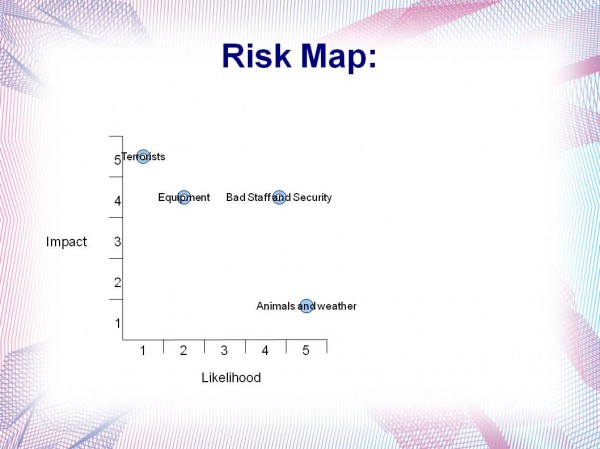Digital Self Defense Workshop 101 (RRLC)
Category:Cyberstalking,Facebook,Higher Education,Information Security,Infosec Communicator,Internet Safety,Presentations,Privacy,Social Networking,UncategorizedI had the pleasure of presenting the following presentation to the Rochester Regional Library Council on Oct. 25th. It contains general Internet and computer safety tips and is slightly modified from a session we provide to faculty and staff at RIT.

















